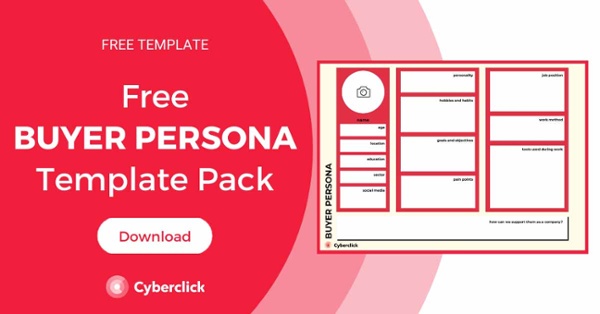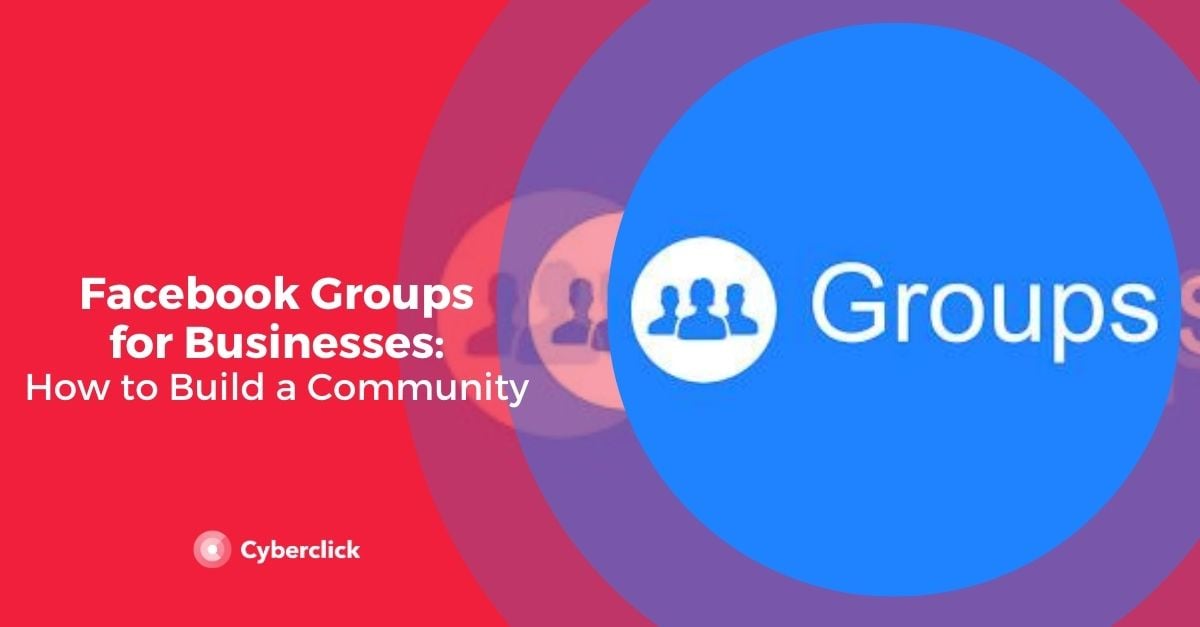A target audience is the group of people you are trying to reach with your marketing efforts. Building your target audience consists of knowing the goals, desires, interests, and pain points of your ideal customers. It also takes into account behavioral and demographic features such as age, gender, income, education, location, and so on.
By understanding your target audience, you can tailor your content and ads to their needs, wants, and pain points. You can make your copy and content more attractive and engaging for potential customers. This is the best way to grab their attention and encourage them to try your products or services.
To achieve this, you need to consider factors like who your target audience is, what they expect from your brand, and how you can best communicate with them in order to elicit an emotional response and ultimately make more sales.
Although defining your target audience is not the be-all and end-all of a successful marketing strategy, failing to target the right people might leave you with plenty of web traffic but very few paying customers, as your marketing campaigns are likely to fall on deaf ears.
Your target audience might be a board market or a niche one. For example, if you sell shoes you might focus on a wider market, as everyone wears shoes, regardless of age, gender, and interests. However, if you exclusively sell running shoes then your target market is likely to be much more specific, namely athletes and amateurs who run regularly.
Target audience categories include:
- Cold audiences
- Warm audiences
- Customers
- Demographics
- Needs
- Attitudes and opinions
- Personality
- Lifestyles
- Fans
Difference Between a Target Audience and Buyer Persona
Your target audience should not be confused with your buyer persona. Although closely related, these two concepts are actually notably distinct. Let’s take a look at how they differ.
A buyer persona is a fictional character who represents your ideal customers, those who are most likely to buy your products or services.
A buyer persona typically includes:
- Personal information: Name, age and geographic location.
- Content preferences: Favorite channels, content formats, tones, and styles.
- Business background information: Job title, level of influence in decision making processes.
- Objectives: Measurable goals, what they are looking for?
- Challenges: Frustrations and pain points preventing them from reaching their goals.
Think of a target audience as a team and a buyer persona as one of the players. A target audience includes general details about your target market, and a buyer persona is a specific, fictional character from within your target audience who is most likely to make a purchase from your brand.
Target audience: Working moms between the ages of 25 and 35 with disposable income, very little free time, and an interest in fashion.
Buyer persona: Penny is a 28-year-old lawyer with two children. She loves shoes and handbags and hates long lines and shopping centers.
Examples of a Target Audience
There are many target audience examples, including warm audiences, cold audiences, customers, and more. Before you research and build your target audience, you need to understand what your focus is and which target audience category you should focus on. This will help you understand the best way to reach them and connect with them.
Let’s take a look at a few target audience examples to help you understand the different categories and how your marketing efforts should be structured.
Warm Audiences
Warm audiences are people who are already familiar with your brand. They may have already visited your website, interacted with your social media profiles, posted a comment about your brand, subscribed to your newsletter, or downloaded your app. However, they have not yet made a purchase from you or shown clear interest in buying your products or services.
The aim with warm audiences is to convert them from a potential lead into paying customers. The best way to do this is by segmenting them into sub-categories, such as leads and visitors, before targeting them with specific conversion campaigns.
Cold Audiences
Cold audiences are people who have never heard of your brand, products, or services. Their goals and pain points match those of your target audience, but they have yet to discover who you are and what benefits you can offer them.
The best way to approach this type of target audience is by reaching out to them and introducing them to your Unique Selling Proposition. This will help you build long-lasting relationships that can lead to conversions at a later date.
The aim here is to build brand awareness, nurture potential leads, and learn more about the wants and needs of your these people. Social media can be a great platform for this, as can targeted ads.
Customers
The third target audience example you can use for your business is your customers. Existing customers are much easier to target, as they already know who you are and what you have to offer. They have already made a purchase from you, so there is usually an established level of brand awareness, trust, and loyalty.
The aim when targeting converted leads of this type is to upsell similar products or services and improve your customer lifetime value. You want to build on the customer relationship and encourage brand loyalty and repeat purchases.
Target Demographics
Another target audience example we will look at is demographics. Demographic segmentation is the process of categorizing your customers and target audience by a number of characteristics. This usually includes age, gender, income level, location, marital status, nationality, occupation, education level, and so on. You can then create targeted marketing campaigns that address the specific needs of each demographic. This helps you ensure that the right messages reach the right ears, saving you money and increasing your ROI in the long term.
What do we mean by this?
Continuing with the earlier example, if you are selling running shoes, then targeting people over the age of 80 is likely to be a waste of time. Always consider who you are talking to, and what they need to hear before they trust your brand enough to make a purchase decision and become a loyal, paying customer.
Interests
The final target audience example we're going to talk about it is those with interests that align with your brand. Knowing the interests of your target audience helps you connect with them and get a better idea not only of their hobbies, but also of what motivates them.
For example, when the weather is warmer and sunnier, consumers interested in skin care are likely looking for products with SPF. If you are a skin care or makeup brand and you are aware of your target audience's interests, you can use those in your messaging and in your marketing campaigns in order to show consumers that you have what they want and thereby increase your sales.
Shanon es una diseñadora multidisciplinaria especializada en la creación de diversos activos digitales, como campañas digitales, videos o ebooks. Con experiencia en marketing digital y inbound marketing, Shanon destaca en el desarrollo de landing pages y webs para clientes usando HubSpot.
Front-End Developer & Graphic Designer. Shanon is a multidisciplinary designer specialized in creating diverse digital assets, including digital ads, videos, ebooks, and more. With a background in digital and inbound marketing, Shanon excels in developing impactful landing and web pages for clients using HubSpot.






Leave your comment and join the conversation